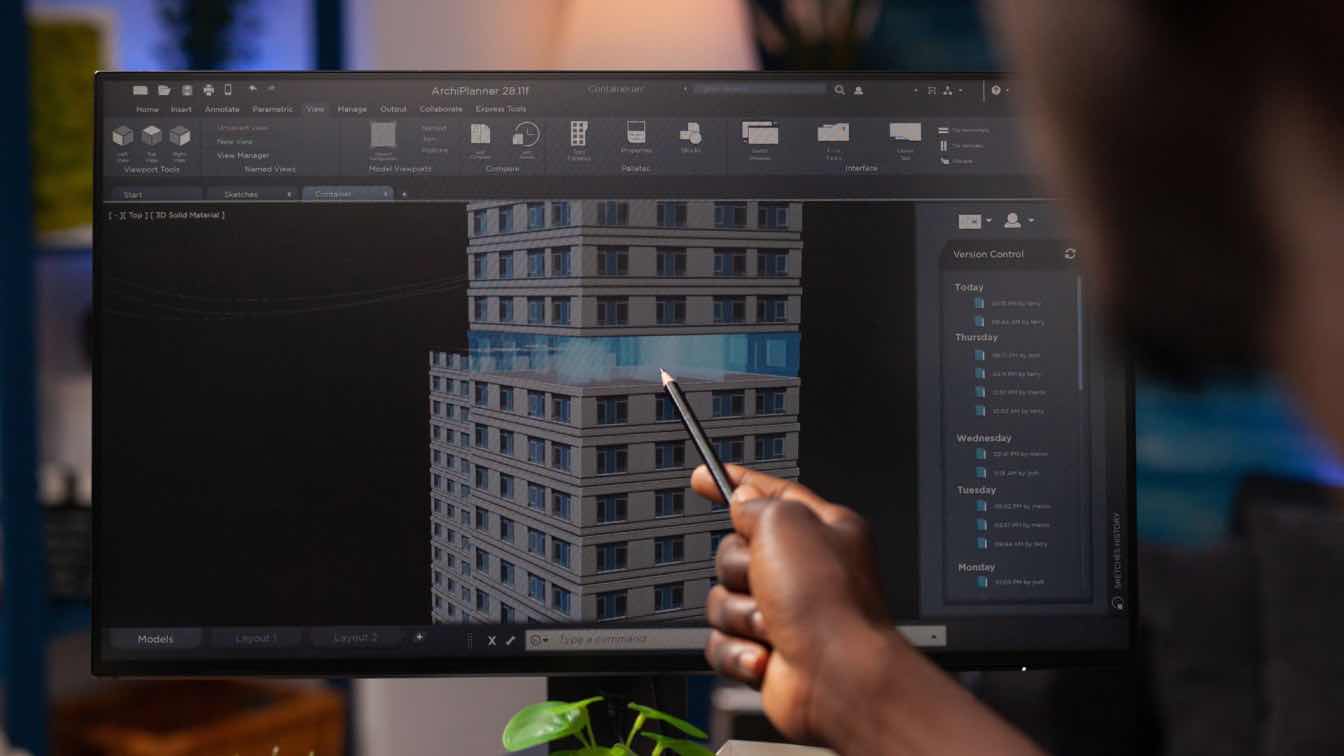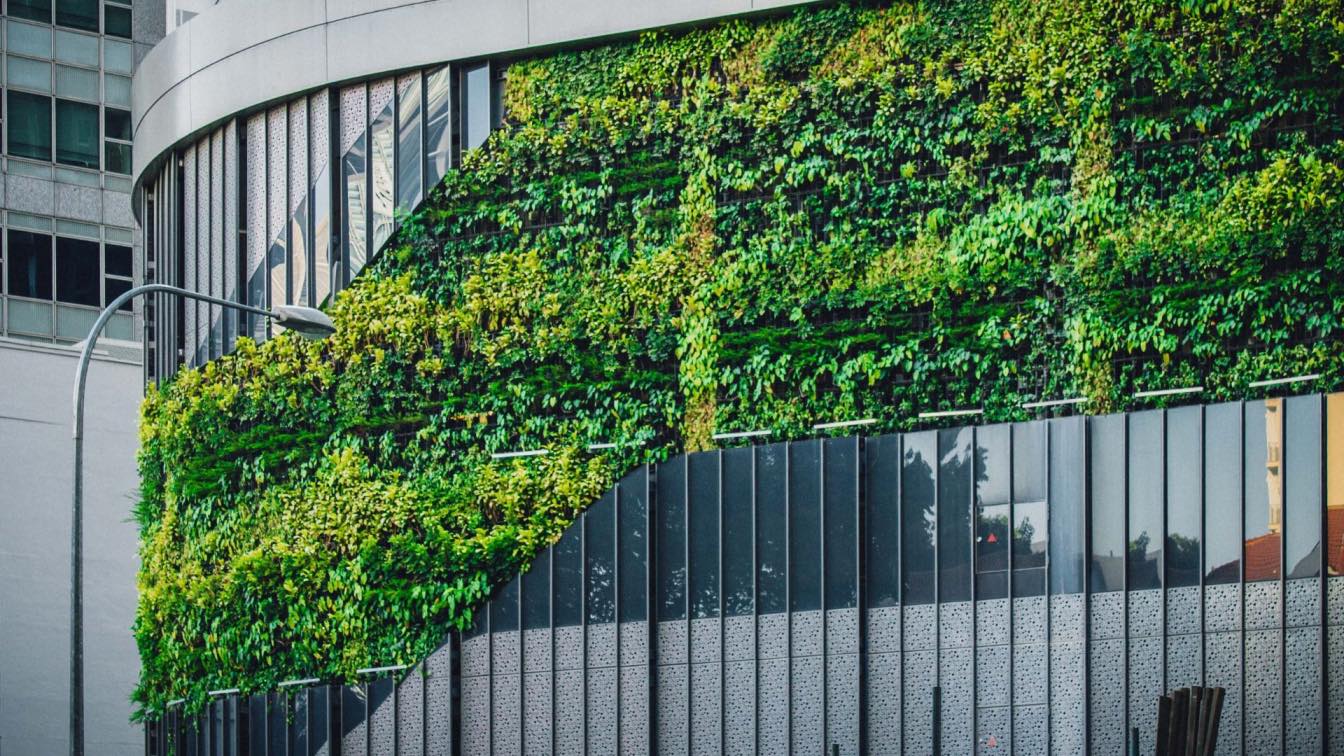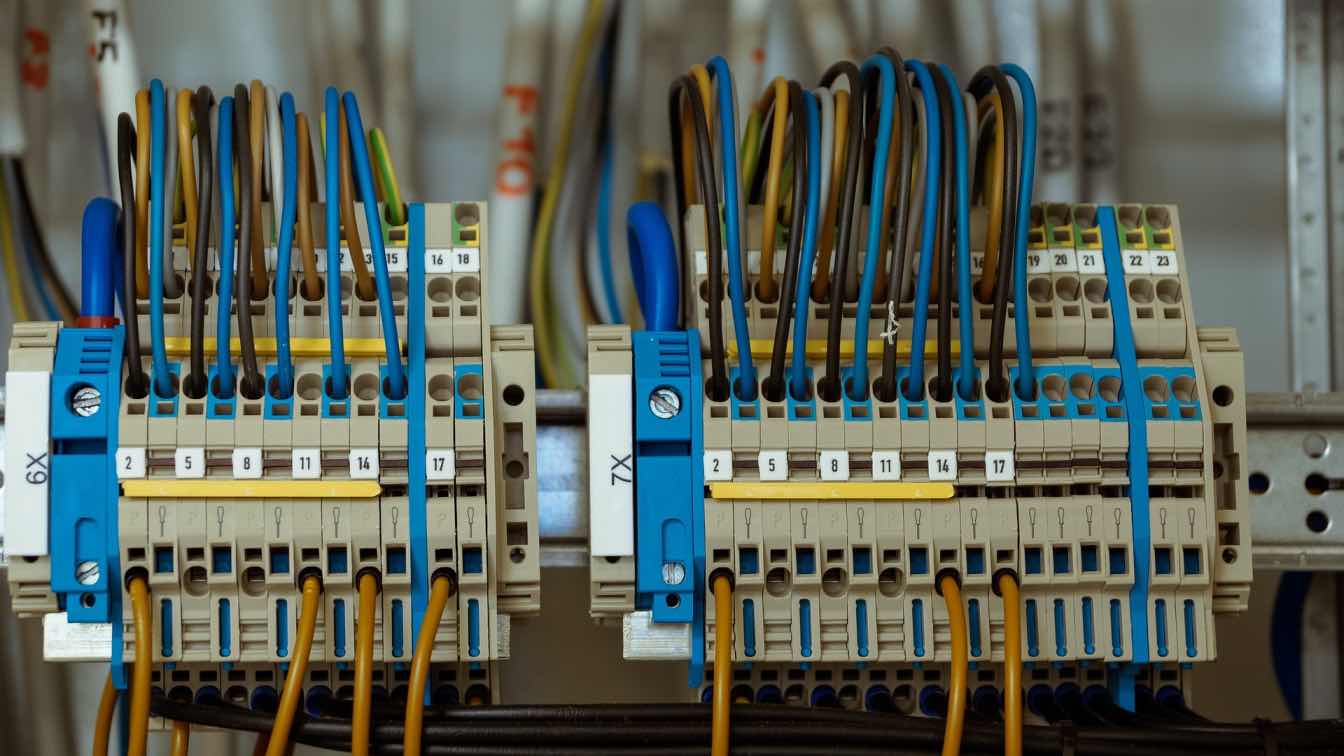Architecture is a significant part of culture and is often used to classify civilisations into eras. Buildings or shelters are basic human needs, and architecture is the initial development phase. Modern architecture has evolved dramatically thanks to numerous technologies that aid architectural visualisation and design.
What Is Architectural Visualization and Its Design Process?
Architectural visualisation, also called architectural rendering, is a process that entails creating visual representations of architectural designs and concepts. It is how architects represent the buildings they have conceptualised before going through other development stages. The design process spans from conceptualisation in the architect's mind to the final product approved by the client. For example, when designing video games or any other project, 3D is always better for graphics and illustration.
How Is Architectural Design Synonymous to Video Game Design?
Architectural design and video game design are unique concepts but similar. Architects create stable designs for buildings and structures, while game designers create game rules, mechanisms, and more. However, visualisation and conceptualisation are critical components in both areas. Both designs have to produce functional yet appealing results for them to be considered a success.
The appealing effect may be less grand in architecture, but it can be a deal breaker for video games, especially casinos. As a gamer, you are likely to frequent games with excellent visuals and exhilarating content. Many gamblers in Australia love to visit Wild Fortune Casino because it is an igaming platform populated with several games with alluring designs that sometimes offer bonuses. You’d be pleased to know you can get a Wild Fortune Casino no deposit bonus on Slotozilla as a nice addition to the incredible design.
How Is Architectural Visualization Evolved?
Rendering in architecture wasn’t always what we have today, considering that the previous generation of architects had less advanced tools and resources. Architectural visualisation was fully 2-dimensional before it became 3D.
2D Architectural Visulaization
Traditional visualization focuses on representing structures in parts and providing 2D illustrations of different sections. The crucial part of 2D visualization is perspective drawing, which provides enough details about a particular section by providing different angles. The illustration worked top-down, with each floor having its blueprints, but it lacked the realism found in 3D. The software used in 2D is Computer-Aided Design (CAD), graphics design, and vector graphics software.
3D Architectural Visualization
You will experience more realism with 3D because it shifts the paradigm from a flat illustration to a more realistic one. There are more details, textures, and lightning effects, and it is easier for you to navigate space here. 3D offers the spatial depth that 2D lacks, so its visualizations are more immersive and interactive. It also employs different technological tools, like Building Information Modeling (BIM), used to design buildings and functionalities like electricity and plumbing. It also uses photorealistic rendering, Virtual Reality (VR), and Augmented Reality (AR). However, 3D doesn’t stop at creating realistic representations; it also uses animation software to breathe life into it.
How Is 3D Changing the Design Process?
The drastic improvements in architectural rendering are bound to affect the design process. Architects have been granted more sophisticated tools with functionalities, so design has many advantages. Here is a list below;
It Helps to Improve Client Engagement
2D visualization is not a wrong way to represent a building you have just conceptualized, but not many people can relate to its representation. The concept you’re pitching might get undermined if the client can’t fully relate to it. However, that is rarely the case for 3D since it presents a close representation of the final products. It is much easier for your clients to express their preferences and for you to make suggestions to them since they understand the project.
It Also Helps to Identify Issues Early
Identifying late errors will lead to heavy losses in construction, so early identification is a huge positive to the design process. Sometimes, architects make errors during their 2D designs since they can be complex, but 3D design is less prone to this issue. Even if the error comes from the client due to poor communication or making the wrong demands, it will be easy to identify and fix problems early with 3D rendering.
It Speeds Up Iterations in Designs
Design is a process that occurs in multiple stages, during which the designers continuously meet with clients to discuss requirements and improvements. 3D rendering is a complex process, just like 2D, because of the details that must be defined in a building. However, 3D is more engaging, so iterations in the design process can be completed more quickly. The feedback from clients is also instant since they can better relate to 3D.
It Encourages Creativity and Experimentation in Design
2D illustrators have their hands while trying to implement essential details in design, so it is often difficult for them to experiment. However, that is different for 3D rendering since its design is much faster and more efficient. The representation of a building in 3D also makes it easy for architects to visualize innovative ideas they can integrate into their projects. There is also room to try and fail experiments in a fast-paced design process.
It Improves Marketing and Sales
3D illustrations are more alluring and comprehensible than flay representations, so they have a better market value. Expressing your creativity in a 3D model where potential clients can see your defined details and unique approach is much more profitable. VR and AR also improve this experience by allowing potential buyers to walk through a virtual building before deciding to build it for themselves.
What Are the Challenges Facing 3D Architectural Visualization?
3D brings several advantages to architecture, but there are some challenges we have to deal with now. Some of these are the following.
There Is a Steep Learning Curve: 3D visualisation relies on software, but it is complex and continuously updated. You would have to invest a lot of time to be proficient in this software and keep up with the developers' changes. You will also need solid knowledge of geometry, lighting, and rendering techniques to master these technologies fully.
Architectural Design Loses Its Artistic Edge: 3D modeling reduces architectural design to computer prompts, diminishing the artistic side of architecture. Although it encourages creativity and experimentation, it reduces hands-on craftsmanship. This software also has limitations, so you may be unable to express your creativity.
What Is the Future of 3D Architectural Visualization?
3D visualization is not done changing design in architecture because several innovative tools are being developed in the field. Below are some of the emerging technologies in 3D rendering that will further change visualization as we know it.
Artificial Intelligence (AI) in Design
Artificial intelligence is a rapidly developing tool in modern tech that has made its way to almost every industry field. It is valuable for making autonomous decisions and aiding processes when fed enough information on a particular subject. The best part about AI is that it employs machine learning (ML) to learn on the job, improving its performance over time. Without any doubt, AI will be a valuable tool in architectural visualization.
Advanced Rendering Techniques
Real-time and physically based rendering (PBR) are rising trends with potential in 3D representation. Real-time rendering increases the realism in designs using real-time ray tracing, while PBR simulates how light reacts with materials, giving you more realistic visuals. More technologies like these are in the works, so you have much to look forward to.
3D Printing and Prototyping
It is only fair that 3D architects get to print out their designs just like 2D architects do on blueprints. Although it is a new technology relative to 2D prints, it has proven useful, especially regarding client interaction. You can give your clients a scaled version of their building to view physically, which is even more relatable than viewing it through a screen. You will have to print several prototypes during the design process.
Conclusion
There are several advantages to having 3D representations of projects in architecture. You give your clients a better understanding of what they are paying for, and it is also easier to get and meet requirements. There are a few issues with 3D architectural visualization, but its numerous advantages far outweigh them. The future looks promising in 3D architecture, so if you haven’t gotten on the trend yet, it would be best to do so now.





